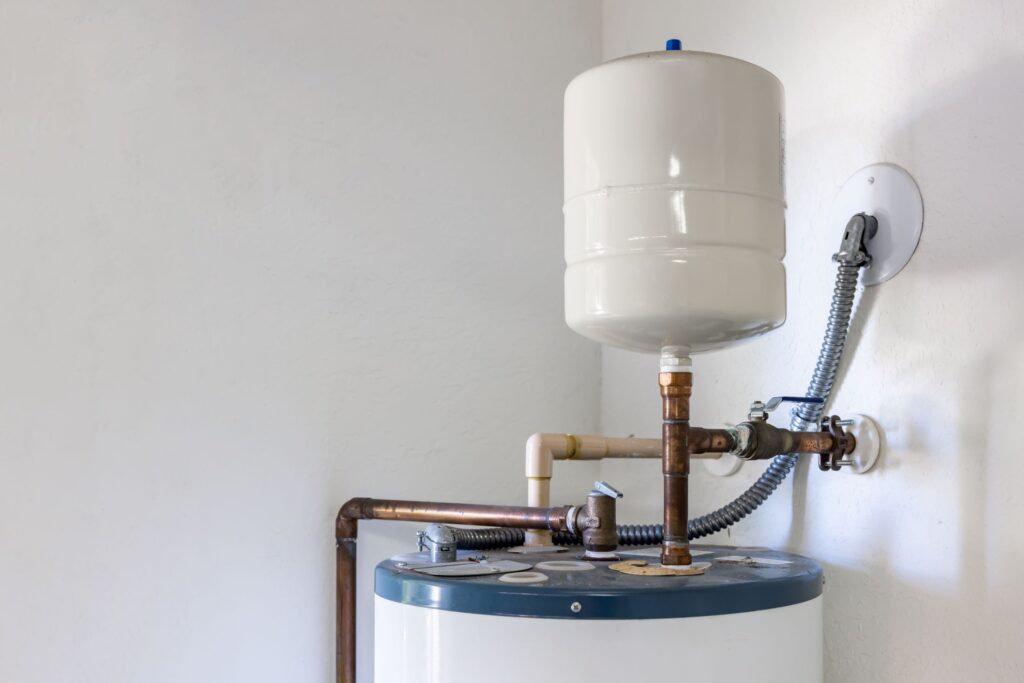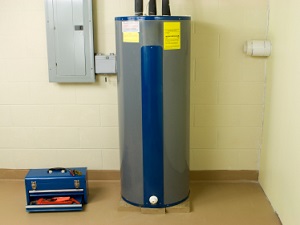Do you find yourself looking for suggestions involving What Kind of Maintenance Do Water Heaters Need??

Warm water is necessary for day-to-day convenience, whether it's for a rejuvenating shower or washing dishes. To guarantee your warm water system runs effectively and lasts much longer, regular maintenance is vital. This write-up offers functional tips and insights on how to preserve your home's warm water system to avoid interruptions and expensive fixings.
Introduction
Maintaining your home's hot water system may appear daunting, however with a couple of straightforward steps, you can ensure it runs efficiently for years to find. This guide covers whatever from recognizing your warm water system to DIY maintenance ideas and recognizing when to call in professional assistance.
Importance of Keeping Your Hot Water System
Regular maintenance not only prolongs the life-span of your warm water system yet also ensures it operates effectively. Ignoring maintenance can cause reduced performance, greater power costs, and even premature failure of the system.
Signs Your Warm Water System Needs Maintenance
Knowing when your hot water system needs attention can avoid major problems. Watch out for indications such as inconsistent water temperature, strange noises from the heater, or rusty water.
Understanding Your Hot Water System
Before diving into maintenance jobs, it's helpful to understand the standard parts of your warm water system. Commonly, this includes the water heater itself, pipes, anode rods, and temperature controls.
Month-to-month Upkeep Tasks
Normal month-to-month checks can assist capture minor issues before they escalate.
Purging the Hot Water Heater
Purging your water heater eliminates sediment buildup, boosting performance and extending its life.
Checking and Replacing Anode Rods
Anode poles stop corrosion inside the tank. Evaluating and replacing them when worn is essential.
Inspecting and Readjusting Temperature Level Settings
Adjusting the temperature level setups makes sure optimal performance and safety and security.
Do It Yourself Tips for Maintenance
You can perform numerous upkeep tasks on your own to maintain your hot water system in leading problem.
Checking for Leaks
Consistently examine pipes and links for leaks, as these can lead to water damages and higher bills.
Checking Pressure Alleviation Valves
Evaluating the pressure safety valve ensures it operates properly and prevents extreme pressure build-up.
Protecting Pipes
Shielding hot water pipelines decreases heat loss and can conserve energy.
When to Call a Specialist
While DIY upkeep is advantageous, some problems require specialist knowledge.
Complicated Issues Calling For Professional Aid
Examples include significant leaks, electrical troubles, or if your hot water heater is regularly underperforming.
Routine Specialist Upkeep Advantages
Specialist upkeep can include extensive inspections, tune-ups, and making sure compliance with safety and security requirements.
Conclusion
Routine maintenance of your home's warm water system is vital for efficiency, durability, and cost financial savings. By complying with these pointers and understanding when to seek expert help, you can make certain a reliable supply of hot water without unanticipated disruptions.
How to Maintain an Instant Hot Water Heater
Before tinkering with your hot water heater, make sure that it’s not powered on. You also have to turn off the main circuit breaker and shut off the main gas line to prevent accidents. Also turn off the water valves connected to your unit to prevent water from flowing into and out of the appliance. 2. When you’re done, you have to detach the purge valves’ caps. These look like the letter “T” and are situated on either side of the water valves. Doing so will release any pressure that has accumulated inside the valves while at the same time avoid hot water from shooting out and burning your skin. 3. When the purge valves’ caps are removed, you have to connect your hosing lines to the valves. Your unit should have come with three hoses but if it didn’t, you can purchase these things from any hardware or home repair shops. You can also get them from retail stores that sell water heating systems. Read the user’s manual and follow it to complete this task properly. When the hosing lines are connected, open the purge port’s valves. 4. You should never use harsh chemical cleaners or solutions when cleaning your unit. Make use of white vinegar instead. It should be undiluted and you’ll probably use about 2 gallons. 5. Now flush your water heater. This task should probably take about 40 minutes. We can’t give you specific directions for this because the procedure is carried out depending on the type, model and brand of your heater. With that being said, refer to the user’s manual. 6. When you’re done draining the unit, you have to turn off the purge port valves again. Remove the hosing lines that you earlier installed on each of the water valves. Put the valve caps (purge port) back in their respective places and be very careful so as not to damage the rubber discs that are found inside these caps. 7. Now that everything’s back in place, check your user’s manual again to find out how to reactivate your water heating system. 8. Once it is working, turn one of your hot water faucets on just to let air pass through the heater’s water supply pipes. Leave the tap on until water flows smoothly out of it. https://www.orrplumbing.com/blog/2014/september/how-to-maintain-an-instant-hot-water-heater/

Hopefully you enjoyed our excerpt about How to Maintain Your Water Heater & Prolong its Life. Many thanks for spending some time to read through our post. Loved our blog entry? Please quickly share it. Help another person discover it. I take joy in your readership.
Request Free Estimate